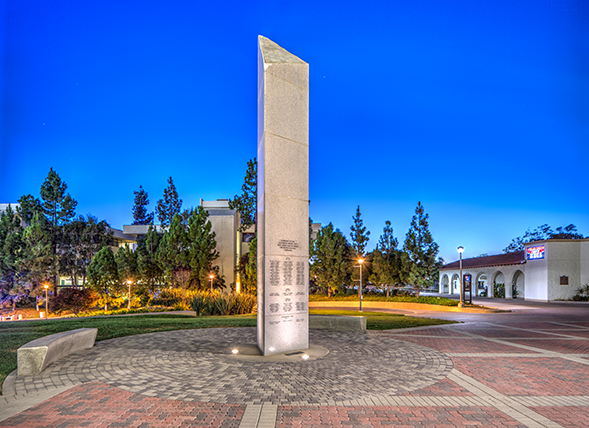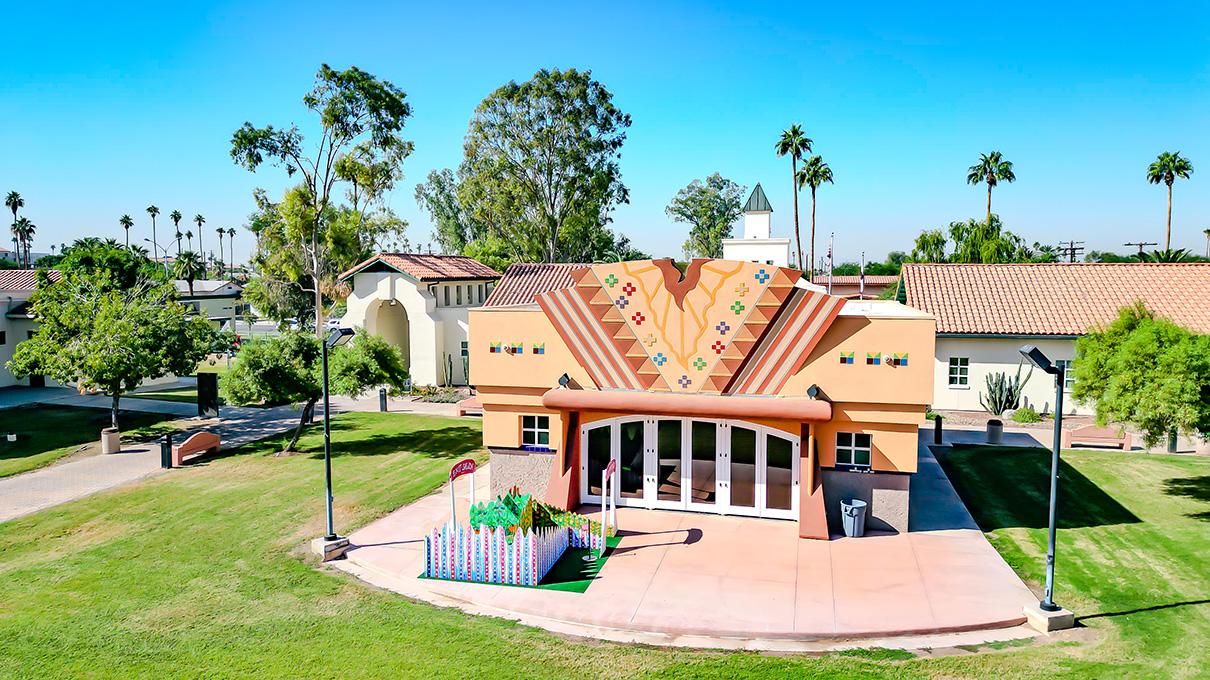120 Years of Serving the Military Community
SDSUs commitment to student veterans has grown stronger with each decade.

At the beginning of World War II, a popular San Diego State College geography professor made a pledge to the young Aztecs who left for military service.
Lauren Post promised those men that the campus community would not forget them. For 48 months, he and a group of volunteers published letters from the soldiers—along with news from back home—in a magazine-style broadsheet with the simple name, the Aztec News Letter. The volunteers collected donations to sustain the publication and mail it to every combat theater where Aztecs were stationed.
Today these letters are part of the World War II Servicemen’s Correspondence Collection in San Diego State University’s Special Collections and University Archives.
“The correspondence is a testimony to how much students loved this campus,” said Lisa Shapiro, who read every one of the 4,848 letters Post received and published excerpts in her book, “No Forgotten Fronts: From Classrooms to Combat.”
Tribute to lost Aztecs
Post could not know then that future generations of Aztecs would continue to keep his promise alive.Near the library where the servicemen's letters are housed stands a 25-foot-high Sierra White granite monolith known as the War Memorial. Etched on its face are the names of 239 Aztecs who lost their lives in World War II, the Korean and Vietnam wars and the conflicts in Iraq and Afghanistan.
SDSU emeritus art professor Jesus Dominguez designed the monument with a jagged top to represent lives cut short by war. Dedicated on Nov. 23, 1996, it was funded by SDSU Alumni’s War Memorial Committee. On Homecoming Weekend each year, SDSU Alumni leads a service of remembrance at the War Memorial.
A wartime campus
Only a small number of U.S. universities have a war memorial as prominent and a student-veteran population as large as SDSU’s. That’s not surprising given that Naval Base San Diego is the principal homeport of the Pacific Fleet.Established in the 1920s as a repair base, the naval operation expanded quickly during World War II. As the nearest campus to the base, San Diego State Teachers College became a center of military activity. Just days after the Japanese bombed Pearl Harbor on Dec. 7, 1941, the government stationed military personnel on campus. They left in early 1942, as the threat of another attack faded, but reminders of the war were everywhere.
The Quad transitioned to a drill practice area, stamps and bonds were sold at a booth near the library and physical education classes emphasized conditioning rather than athletics. When the fighting ended and SDSU’s enrollment climbed back to pre-war levels, fully half of all new students were veterans.
Ongoing commitment
More than seven decades later, SDSU continues to be a campus of choice for military students, veterans and their dependents. SDSU currently serves more than 3,200 military-affiliated students, including veterans, active duty reservists and dependents, and is consistently ranked as a top university for veterans by the Military Times.
Army and Air Force ROTC departments are housed within the College of Professional Studies and Fine Arts. A popular program for veterans is Troops to Engineers, which transitions military men and women into engineering careers. The program receives public and private support.
In 2008, SDSU became the first in the California State University system to open a Veterans Center. Three years later, it was named the Joan and Art Barron Veterans Center after the couple whose $1 million gift endowed it. The 4,000-square-foot space is a full-service center for SDSU’s military-connected students, with eight staff members and more than 20 VA work-study students.
The Barron Veterans Center, in a collaboration with San Diego County, hosted the first Women Veterans Forum with keynote speakers, breakout sessions and a networking event.
Throughout the years, SDSU has maintained and built upon Post’s promise to remember and provide a home for those who serve in our nation’s military.


